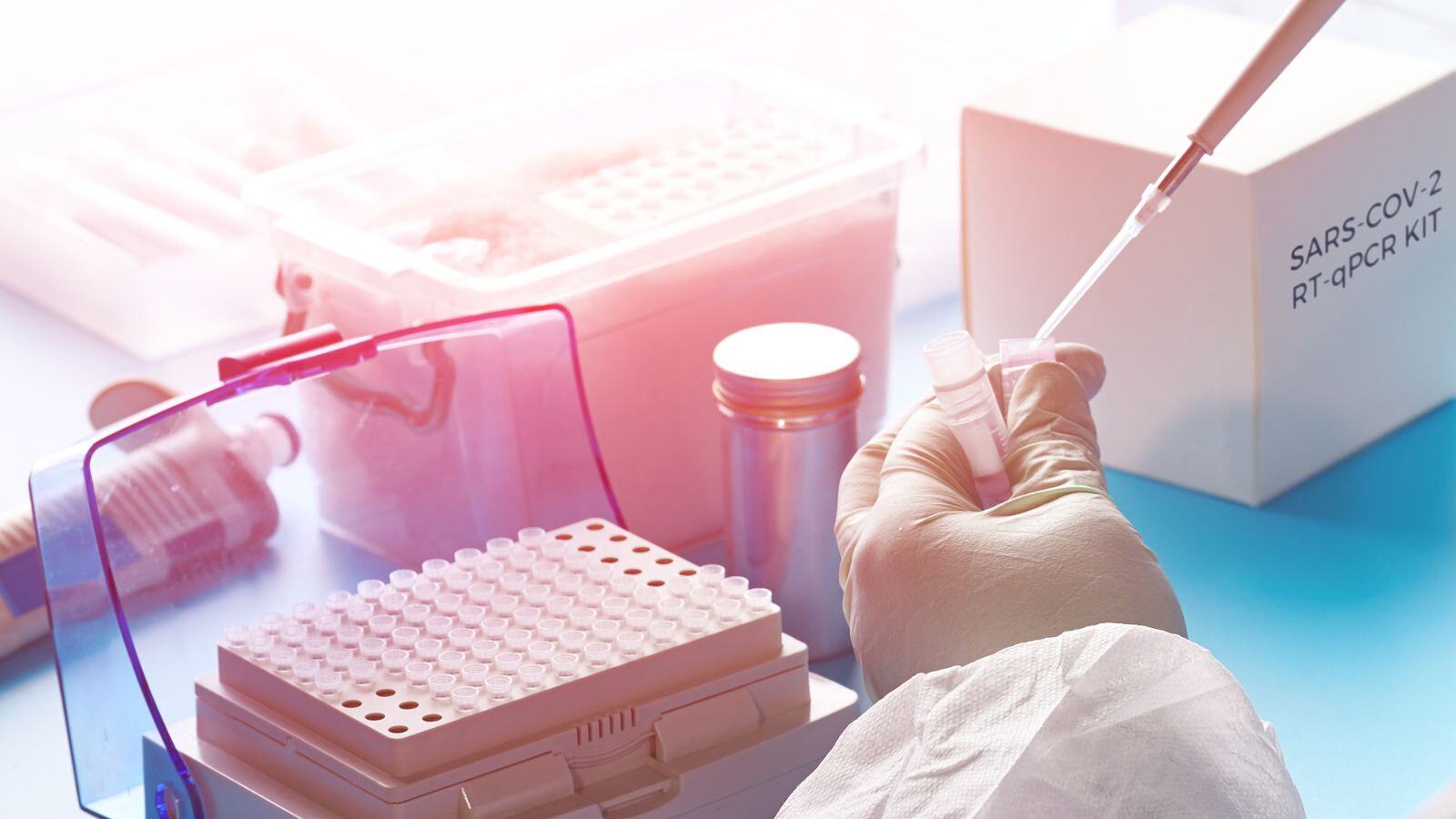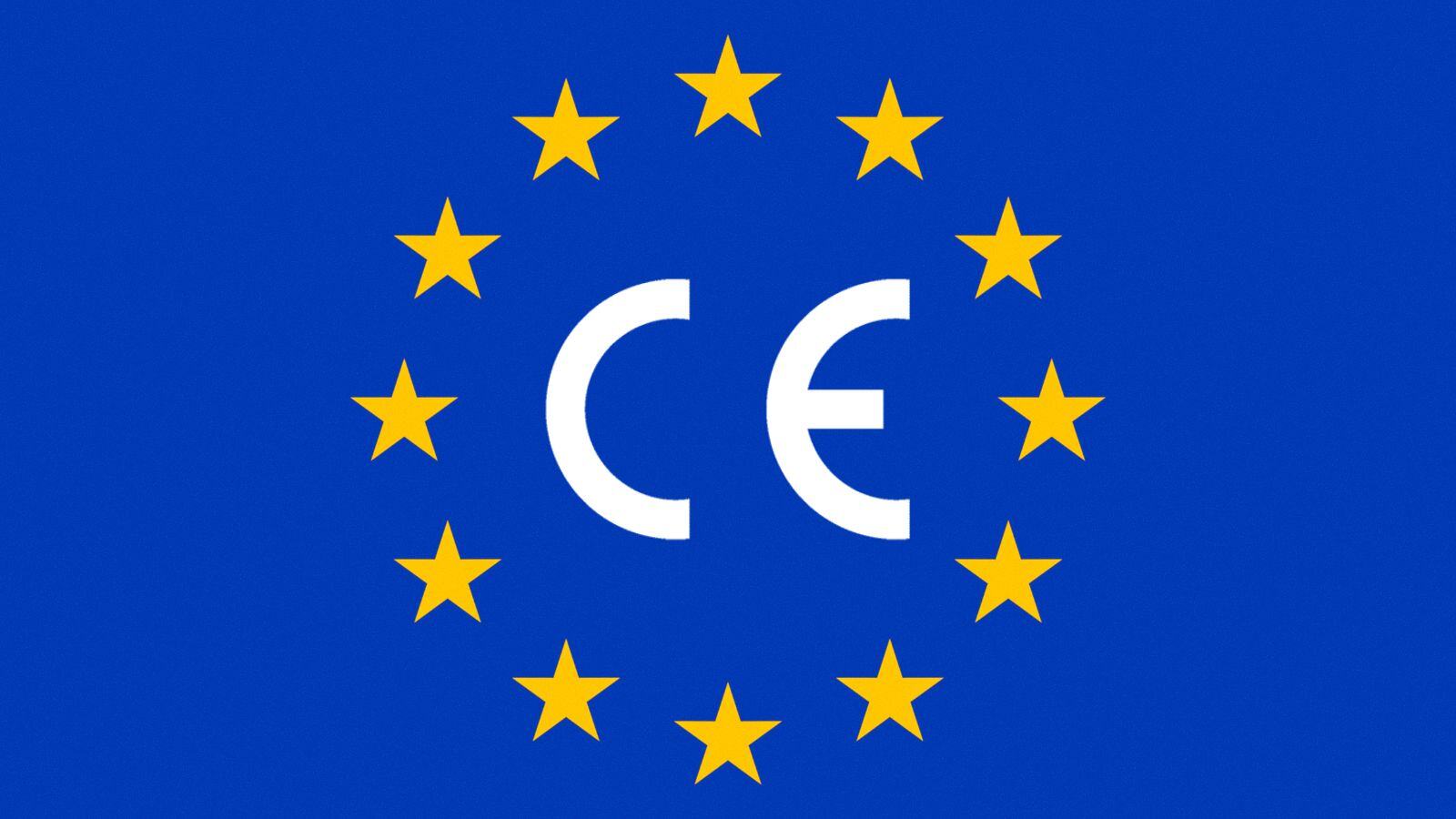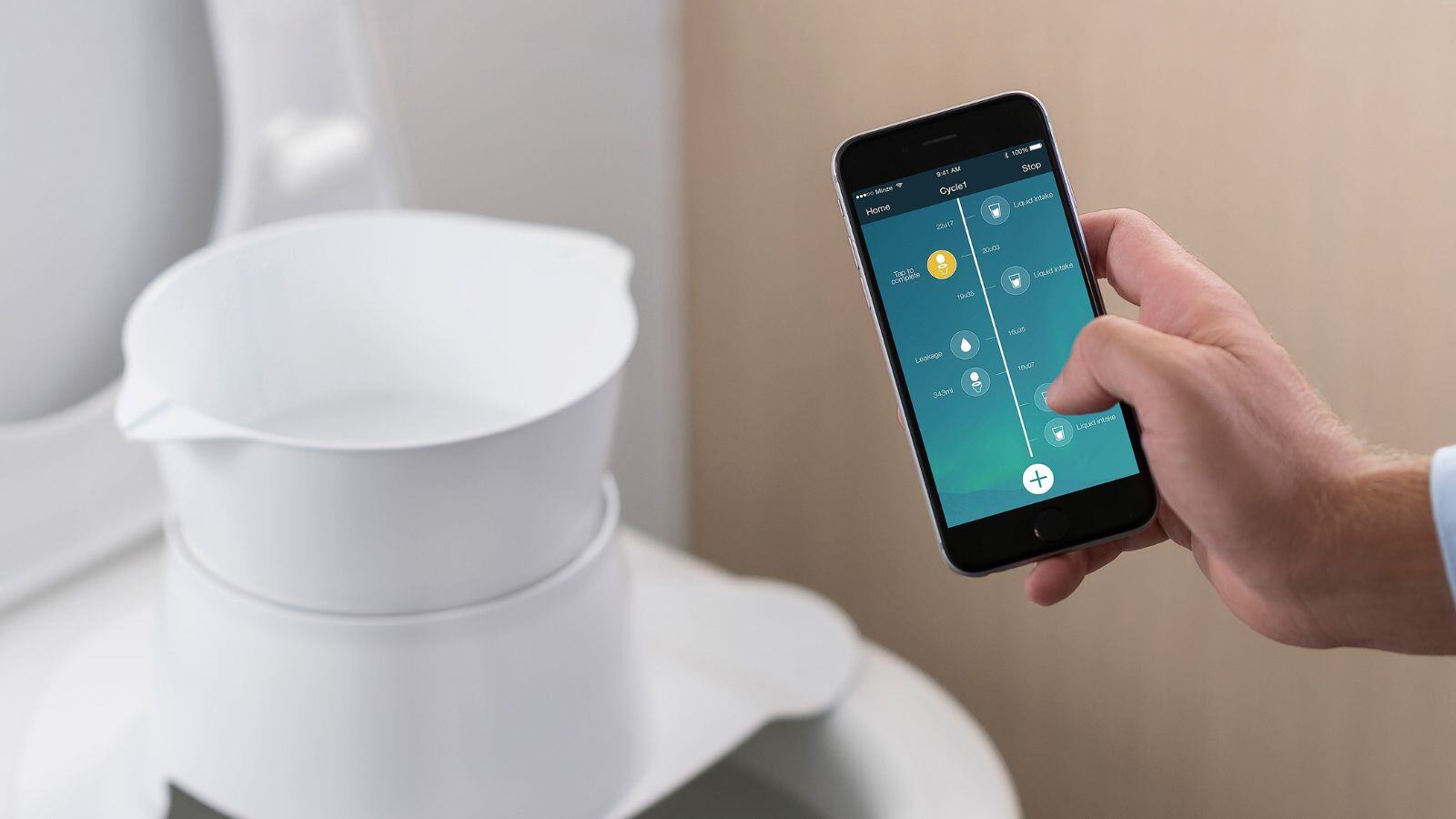Germany has always been renowned for its meticulous attention to detail, often described by the term ‘Deutsche Gründlichkeit’. It’s no wonder then, that when it comes to the regulation of Digital Therapeutics (DTx), Germany is pioneering new paths for its adoption.
While all Digital Therapeutics must adhere to the foundational EU requirements for CE marking (as detailed in our previous blog post on the ‘EU regulatory landscape’), Germany goes a step further. The country has formulated its own national laws addressing DTx patient safety, data protection, and even a prescription and reimbursement approval process.
This blog post delves into the intricacies of Germany’s approach to DTx regulation.
Deciphering DiGA: Germany’s definition of DTx
Germany’s definition of DTx, referred to as DiGAs in German, is crystal clear:
- It is a specific CE-marked medical device.
- It relies predominantly on digital technologies for its primary function.
- Its digital features drive its medical purpose.
- DiGA can be utilized either by patients independently or in collaboration with healthcare providers.
In essence, one could say: ‘DiGA is akin to a digital assistant at a patient’s fingertips’.
The DiGA Fast-Track Procedure through quality by design
Germany’s innovative approach is further evident in its fast-track procedure, which facilitates swift approval, testing, and reimbursement for DiGAs. This streamlined procedure, which spans merely 15 months, aims to make these solutions available to Germany’s 73 million insured citizens.
The magic of this fast-track procedure lies in its early-stage engagement. Right from the outset, developers and authorities collaborate closely, ensuring that every proposed application is meticulously vetted. Applications are assessed for their genuine value to national health, with greenlit projects being pursued jointly.
This “quality by design” approach is transformative. It emphasizes early identification of evidence requirements, leading to minimal design alterations. With comprehensive data privacy and operational efficiency checks, this ensures a cost-effective, highly efficient pathway to reimbursement approval.
Navigating the German Regulatory Landscape
For those looking for a comprehensive guide, the ‘Digital Healthcare’ Act (DVG) and the ‘Digital Health Applications Ordinance (DiGAV)’ are invaluable. Instituted between 2019 and 2020, these laws encapsulate data protection measures and quality and safety protocols. They align with the European Regulation (EU) 2017/745 on medical devices and provide clarity on prescription and reimbursement at a national level.
Since the initiation of these laws, there has been significant adoption. By October 2020, the first DiGA product was approved, and as of now, 53 BfArm-endorsed “apps on prescription” (DiGAs) are available for doctors to prescribe.
For those keen on leveraging the fast-track procedure, the Health Authority website (BfArm) is a treasure trove of resources, detailing the legal framework and providing tools to demystify the process.
In summary, an “app on prescription” in Germany:
- Adheres to the Medical Device Regulation (MDR) or the transitional Medical Device Directive (MDD). When is an app a medical device? Find out here.
- Harnesses digital technologies as its central function.
- Achieves its medical objectives predominantly via its digital capabilities.
- Aids in diagnosing, monitoring, and treating diseases or injuries.
- Can be utilized by patients alone or in tandem with healthcare providers.
- Successfully passes the BfArm assessment.
It’s worth noting that as the digital health landscape evolves, so will the Digital Healthcare Act, with proposed changes being regularly updated on the BfArm website.
Conclusion
In the realm of Digital Therapeutics, Germany is a trendsetter. Their forward-thinking DiGA fast-track procedure exemplifies the synergy between the private sector and authorities, delivering unparalleled cost savings and efficiency. With Germany’s trailblazing efforts, other nations like Belgium and France are following suit. In the next blog posts, we delve deeper into these developments.
Want to stay up to date with all the latest developments and innovations in DtX? Subscribe to our newsletter.







.png?width=109&height=108&name=Pharma%20(2).png)
.png?width=111&height=108&name=Medical%20Devices%20(2).png)
.png?width=84&height=107&name=IVD%20(2).png)






%20Checklist.jpg)








.jpg)




.jpg)
.jpg)

.jpg)


.jpg)
.jpg)
.png)